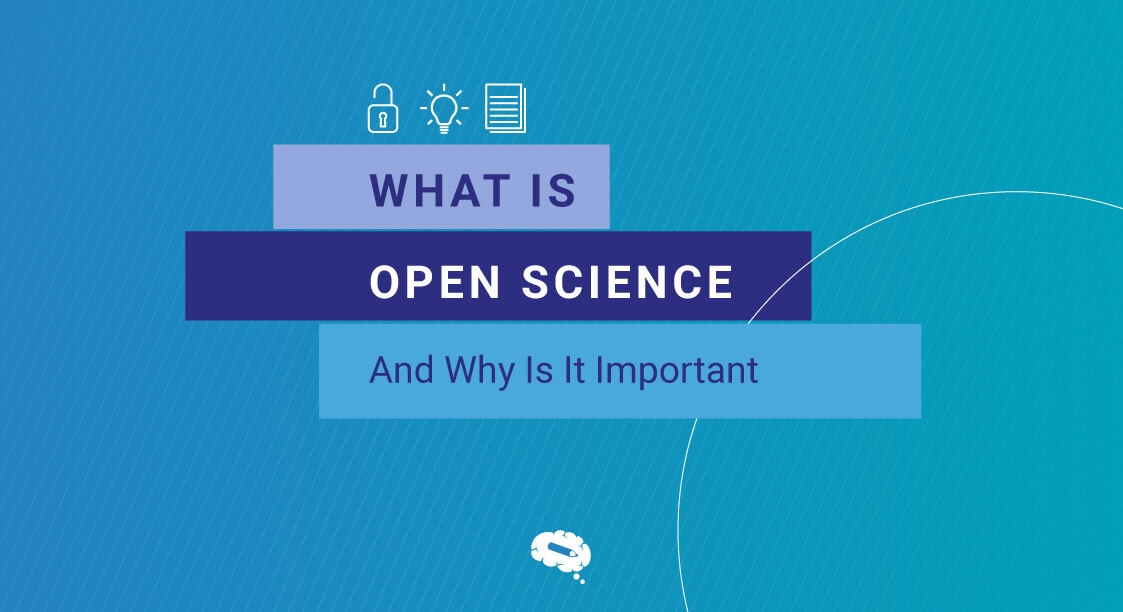
Why Should You Know What Are Nanomaterials?
The significance of nanomaterials lies in their potential to transform numerous fields, such as electronics, energy, and medicine, through the provision of improved performance characteristics.
Nanomaterials can facilitate the creation of small-scale products and processes at the nanoscale. Some examples of the application of nanomaterials include electronics, nanomaterials can be used to produce faster and more efficient devices; in medicine, they can be utilized to develop targeted drug delivery systems; and in energy, they can improve energy conversion and storage.
What Are Nanomaterials?
Nanomaterials are materials with structures and properties significantly different from those of bulk materials due to their small size. These materials have dimensions in the nanoscale range, usually between 1 and 100 nanometers, and exhibit unique physical, chemical, and biological properties.
They are widely used in various fields due to their high surface area, remarkable biocompatibility, optical and electrical properties. Some examples of nanomaterials include nanoparticles, nanofibers, nanotubes, carbon, and quantum dots.
The 4 Main Types of Nanomaterials:
- Nanoparticles: These are particles with at least one dimension measuring less than 100 nanometers.
- Nanofibers: These are long, thin fibers with diameters in the nanoscale range.
- Nanotubes: These are tubes with walls made of a single layer of atoms with diameters in the nanoscale range.
- Nanolaminates: These are thin layers of different materials stacked on top of each other to form a composite material.
How Can Nanomaterials Be Characterized?
Nanomaterials can occur naturally, be created as byproducts of combustion reactions, or be intentionally produced through engineering to perform a specialized function. They can be physically and chemically characterized to determine their size, shape, composition, and structure.
Physical:
- Transmission Electron Microscopy (TEM): TEM uses high-energy electrons to produce images of nanomaterials, providing information on their size, shape, and arrangement.
- Scanning Electron Microscopy (SEM): SEM uses a focused beam of electrons to produce images of the surface of nanomaterials, providing information on surface morphology and topography.
- Dynamic Light Scattering (DLS): DLS measures the Brownian motion of particles in solution, providing information on particle size distribution.
- X-ray diffraction (XRD): XRD uses X-rays to determine the crystal structure of a material and identify its components.
Chemical:
- Energy Dispersive Spectroscopy (EDS): EDS uses X-rays to analyze the composition of nanomaterials by measuring the energy spectra of electrons emitted from the sample.
- Fourier Transform Infrared Spectroscopy (FTIR): FTIR uses infrared light to measure a material’s vibrational spectra of chemical bonds, providing information on its chemical composition.
- X-ray photoelectron spectroscopy (XPS): XPS uses X-rays to excite electrons in a material, providing information on its chemical composition and electronic structure.
- Inductively Coupled Plasma-Mass Spectrometry (ICP-MS): ICP-MS uses a plasma torch to vaporize and ionize a sample, and then measures the mass of the ions to determine the composition.

What Are The Applications Of Nanomaterials?

The technological application of nanomaterial is usable in multiple sectors, from healthcare and mechanics to environmental preservation and air purification. They can be used to create more efficient batteries, more effective drug delivery systems, and stronger, lighter materials. Below are some examples:
- Electronics: Nanomaterials can be used in electronic devices such as smartphones, laptops, and televisions to enhance performance and reduce power consumption. Create high-resolution displays, improve the storage capacity and efficiency of rechargeable batteries among other examples.
- Medicine: It can be applied to medical applications such as imaging, diagnosis, and treatment. Nanoscale drug delivery systems can improve the efficacy and target specificity of drugs.
- Environmental remediation: To clean up pollutants and contaminants by using nanoparticle-based catalysts and nano filters that can purify contaminated water, air, and soil by removing pollutants and pathogens.
- Materials science: It can create strong, lightweight materials with improved mechanical and thermal properties, making them suitable for use in demanding applications such as aerospace and automotive components.
- Food and agriculture: To enhance the quality, safety, and shelf life of food and agricultural products by improving the efficiency and effectiveness of pesticides while reducing their environmental impact and improving the efficiency and effectiveness of irrigation systems, leading to reduced water usage and improved crop growth.
What Are The Risks Of Nanomaterials?
Nanomaterials can pose some risks to human health and the environment, including toxicity, reactivity, and the release of particles into air, water, and soil. Long-term exposure to nanoscale particles may result in chronic health effects, such as respiratory, cardiovascular, and reproductive problems.
There are also concerns about their potential impact on ecosystems and wildlife, as well as their persistence in the environment. Additionally, the unique properties of nanomaterials can raise safety concerns during production, handling, and disposal. Further research is needed to fully understand these risks.
Are You Looking For On-Demand Figures And Illustrations To Communicate Science?
Mind the Graph is a platform that helps scientists and researchers visually communicate their scientific ideas and findings. The platform provides a variety of templates, icons, and illustrations to help users create infographics, posters, presentations, and reports that effectively communicate their research.

Subscribe to our newsletter
Exclusive high quality content about effective visual
communication in science.




